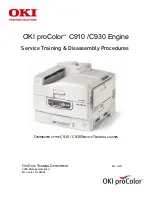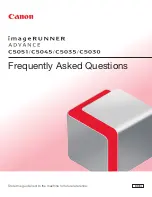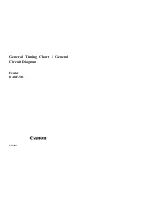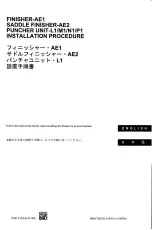
Leave the paper in its original packaging until you are ready to use it. This limits the exposure of the paper to moisture
changes that can degrade its performance.
Grain Direction
Grain refers to the alignment of the paper fibers in a sheet of paper. Grain is either grain long, running the length of the
paper, or grain short, running the width of the paper. For 60 to 135 g/m
2
(16 to 36 lb bond) paper, grain long fibers are
recommended. For paper heavier than 135 g/m
2
(36 lb bond), grain short is preferred.
Fiber Content
Most high-quality xerographic paper is made from 100% chemically pulped wood. Paper containing fibers such as cotton
possess characteristics that can result in degraded paper handling.
Recommended Paper
To ensure the best print quality and feed reliability, use 75 g/m
2
(20 lb) xerographic paper. Business paper designed for
general business use also provide acceptable print quality. Only use paper able to withstand high temperatures without
discoloring, bleeding, or releasing hazardous emissions. The laser printing process heats paper to high temperatures.
Check with the manufacturer or vendor to determine whether the paper you have chosen is acceptable for laser printers.
Always print several samples before buying large quantities of any type of print media. When choosing any print media,
you should consider the weight, fiber content, and color.
Unacceptable Paper
The following paper types are not recommended for use with the printer:
Chemically treated paper used to make copies without carbon paper, also known as carbonless paper, carbonless
copy paper (CCP), or no carbon required (NCR) paper
Preprinted paper with chemicals that may contaminate the printer
Preprinted paper that can be affected by the temperature in the fuser
Preprinted paper that require a registration (the precise print location on the page) greater than ±0.09 inches, such
as optical character recognition (OCR) forms
In some cases, you can adjust registration with your software program to successfully print on these forms.
Coated paper (erasable bond), synthetic paper, thermal paper
Rough-edged, rough or heavily textured surface paper, or curled paper
Recycled paper containing more than 25% post-consumer waste that do not meet DIN 19 309
Multiple-part forms or documents
Print quality may deteriorate (blank spaces or blotches may appear in the text) when printing on talc or acid paper.
Selecting Paper
Proper paper selection helps prevent jams and ensures trouble-free printing.
To help avoid jams or poor print quality:
Always use new, undamaged paper.
Before loading the paper, identify the recommended print side of the paper. This information is usually indicated on
the paper package.
















































